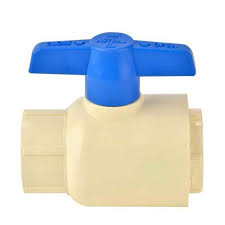Furnace Guide: Types, Efficiency & Care

Understanding Your Furnace
A furnace is a vital component of any home heating system, especially in colder climates. Knowing the different types of furnaces, their efficiency, and how to maintain them can save you money and ensure a comfortable home environment.
Types of Furnaces
There are primarily three types of furnaces available for residential use:
- Single-Stage Furnaces: The most affordable but least efficient. They operate at 100% capacity whenever on, leading to energy waste and inconsistent temperatures.
- Two-Stage Furnaces: These have two settings, typically around 70% and 100% capacity. They are more efficient than single-stage models and maintain a more consistent temperature.
- Variable Capacity Furnaces: The most efficient type, operating at the lowest capacity needed to maintain the set temperature, modulating between roughly 40% and 100% capacity. They are also the quietest.
Furnace Efficiency: AFUE Rating
Furnace efficiency is measured by the Annual Fuel Utilization Efficiency (AFUE) rating. This rating indicates how much of the fuel is converted into usable heat. The higher the AFUE, the more efficient the furnace.
Efficiency Categories:
- 80% AFUE: Suitable for warmer climates or short-term home stays.
- 90% – 96% AFUE: Mid-range efficiency with secondary heat exchangers.
- 96.5% – 98.7% AFUE: Most efficient, often Energy Star certified.
High-efficiency furnaces (90-98% AFUE) capture extra heat from exhaust gases, venting through PVC pipes. They have sealed combustion chambers and condensate.
Essential Furnace Maintenance
Regular maintenance ensures your furnace operates efficiently and extends its lifespan. Here are some key maintenance tasks:
- Regular Filter Replacement: Replace or clean filters every 1-3 months.
- Clear Vents and Registers: Ensure vents are unobstructed.
- Annual Professional Tune-Up: Have a technician inspect the furnace annually.
High-Efficiency Furnace Considerations:
- Condensate Drain: Check and maintain the condensate drain.
- PVC Venting: Inspect PVC pipes for cracks or blockages.
DIY Maintenance Tasks
- Replace the filter regularly.
- Clean the furnace interior with a wet/dry vacuum.
- Inspect the burners for corrosion.
- Clean the flame sensor.
- Check/lubricate the blower motor.
Professional Maintenance
During an annual tune-up, a technician will:
- Clean the furnace interior.
- Inspect the exhaust flue.
- Test the ignitor.
- Adjust the burners.
- Test for gas leaks.
- Check and adjust gas pressure/air mix.
- Inspect electrical components.
- Clean the evaporator coil.
- Maintain/adjust the blower assembly.
- Check the heat exchanger for cracks or corrosion.
- Verify safety controls.
- Test amp draw of blower and inducer.
- Run the condensate pump to check drainage.
Benefits of Preventative Maintenance
Regular maintenance extends the furnace's lifespan, maintains stable efficiency, reduces the need for repairs, and ensures safer operation. Annual tune-ups typically cost $100-$300.
